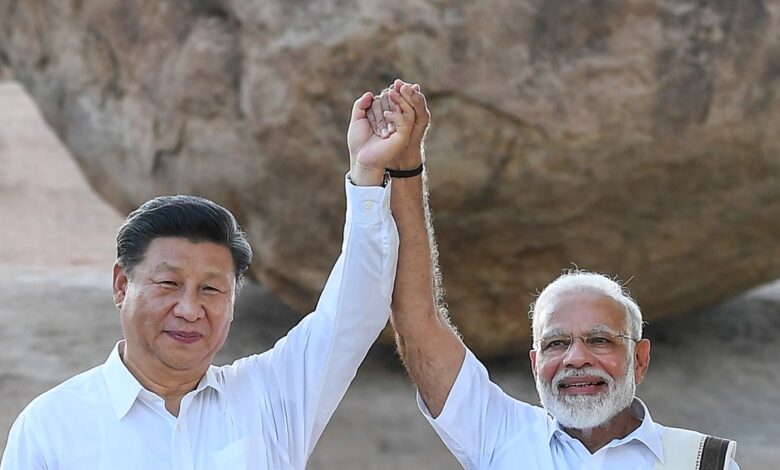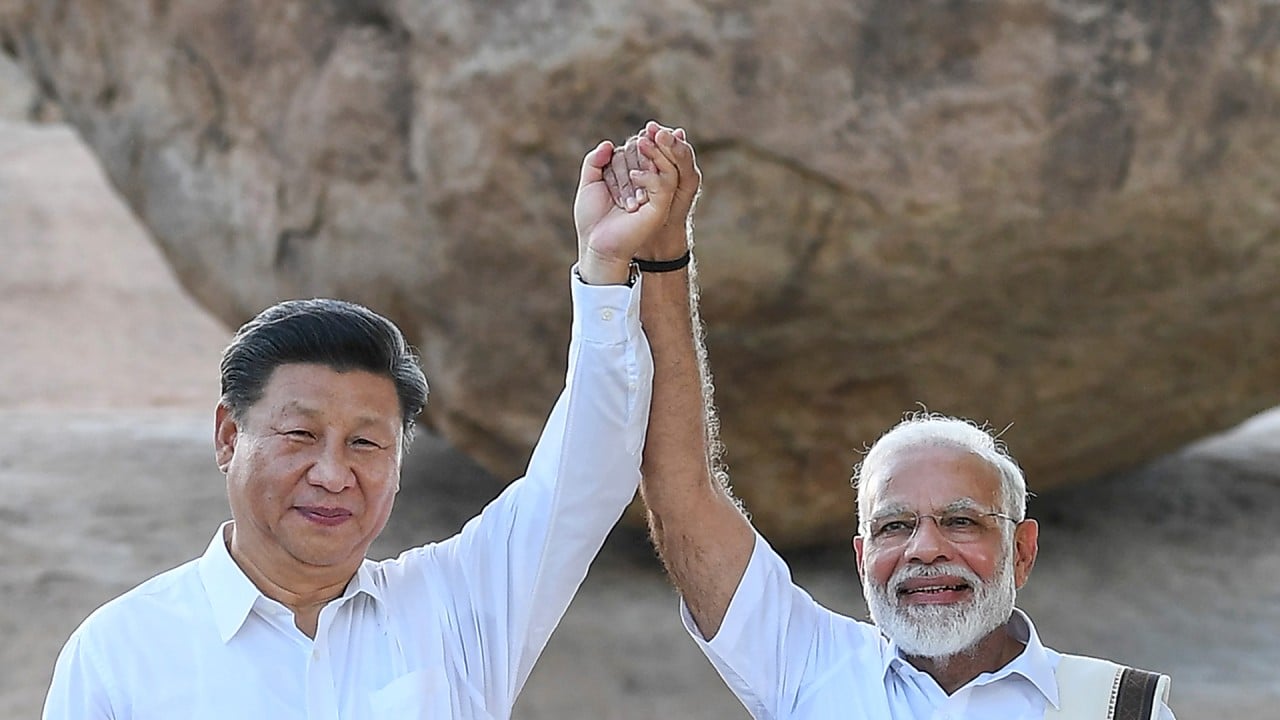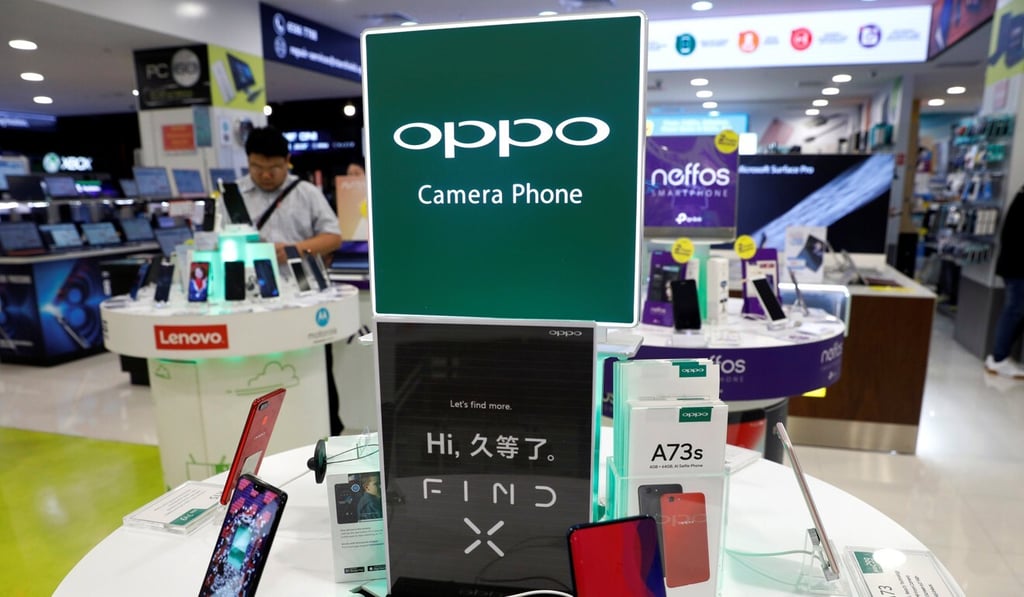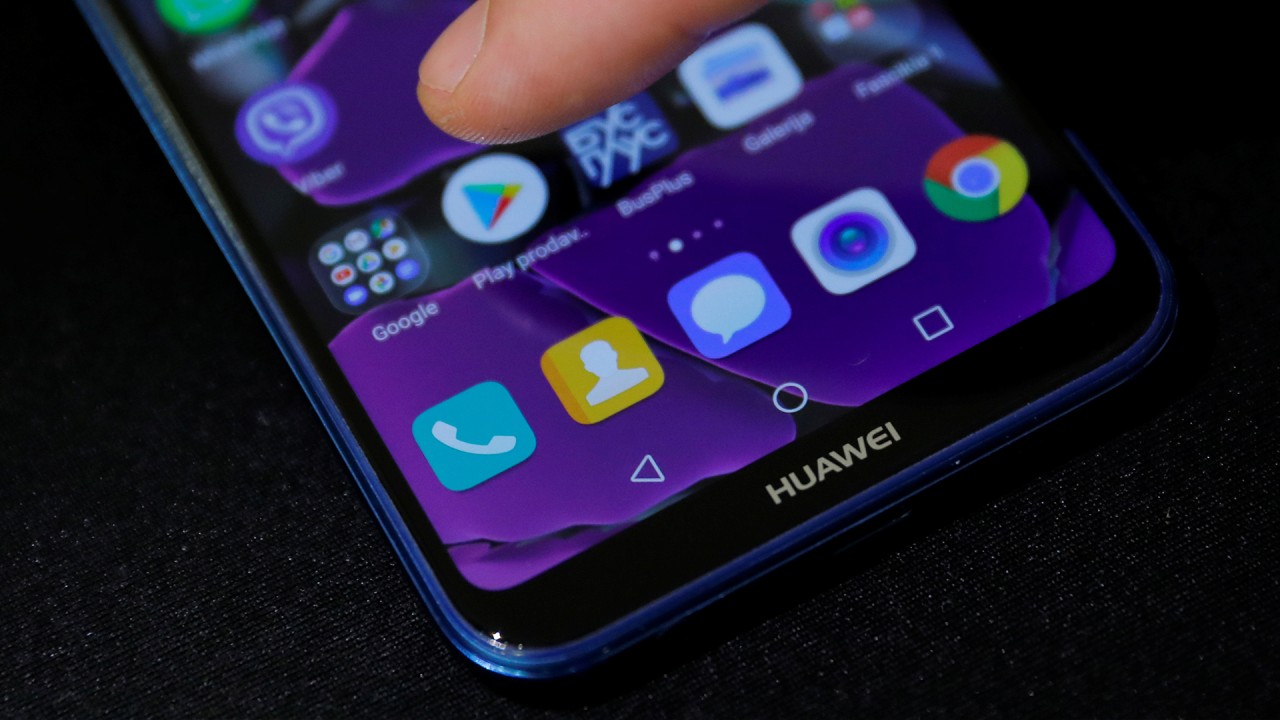China tech backlash, smartphone brand’s

Wu’s comments signal optimism in the India market despite a rise in anti-China sentiment in the country due to the border conflict as well as the coronavirus pandemic.
In July, amid renewed calls to boycott Chinese products after 20 Indian soldiers and an undisclosed number of Chinese soldiers died in a clash in Ladakh’s Galwan Valley, Oppo cancelled the live-streamed launch of its flagship 5G smartphone in India, uploading a pre-recorded video on YouTube announcing the new smartphone instead.
From the first three months of the year to the second quarter, Chinese smartphone brands saw their market share in India fall from 81 per cent to 72 per cent, according to Hong Kong-based research firm Counterpoint, which said this decline was in part due to anti-China sentiment.
Oppo’s market share dropped from 12 per cent in the first quarter to 9 per cent in the second quarter, while fellow Chinese smartphone brand Xiaomi Corp was still the market leader, with its share edging down from 30 per cent to 29 per cent in the same period, according to the Counterpoint report.

07:17
China and India: How economically linked are they?
China and India: How economically linked are they?
This was after major Chinese smartphone vendors including Xiaomi, Oppo and Vivo had to suspend manufacturing in the country earlier in the year, amid a nationwide lockdown to stop the coronavirus from spreading.
India is one of over 40 countries and regions Oppo now has a presence in, since it ventured into its first international market, Thailand, in 2009. Since then, the company has been entering a new market every two or three years on average, Wu said.
Since last September, more than half of the Dongguan-based company’s smartphone shipments have been outside mainland China, the company said.
Oppo used to enter a new market every two or three years, but Wu said the company plans to slow down the pace of its expansion in the next year slightly to focus on existing markets and improving its supply chain management.
“In a global environment full of uncertainties, it is necessary to constantly look inward and consider the possible risks, especially in supply chains,” said Wu. “Supply chain enhancement is not only a reaction to concerns about US-China tensions, but also necessary for sizeable companies to guarantee each component can be provided by more than one supplier.”

Europe is one existing market that Oppo will be focusing its efforts on – the company said it aims to become one of the top players in the region with a 10 to 15 per cent share of the market within the next three years.
Since entering western Europe in 2018, the company now has operations in almost all of the countries in the region, which Oppo’s western Europe president Maggie Xue told the Post in an August interview was key to its plans to expand globally as well as into the high-end smartphone segment.
However, the company only accounted for 3 per cent of the total European market as of the second quarter of this year, according to Counterpoint.
South Korea’s Samsung and American tech giant Apple led the market with 35 and 17 per cent respectively, while Huawei Technologies was the front runner among Chinese brands with 16 per cent.
Oppo has been more aggressively in Europe in the past year, as US sanctions against Huawei choke off its access to US products and services including Google’s Android operating system – which houses popular apps such as Gmail and YouTube – and hamper its ability to sell smartphones to Western consumers.

01:16
Google bans Android system on Huawei devices, following US trade blacklist
Google bans Android system on Huawei devices, following US trade blacklist
In the past few months, Oppo has established partnerships with the largest operators Orange, Vodafone, Deutsche Telekom and Telefonica, for the roll-out of its 5G handset and launched an advertising campaign with popular European football club FC Barcelona targeting the region.
But it is not the only Chinese smartphone maker looking to fill the void created by Huawei. Counterpoint data shows that in the second quarter of this year, Xiaomi and Oppo saw their Europe sales grow 55 per cent and 41 per cent respectively year-on-year, while Huawei declined 46 per cent.
Xiaomi CEO Lei Jun revealed in a recent interview with state-owned news agency China News Service that the company wants to edge Huawei out to become the No. 1 smartphone vendor in Europe in the next few years.
Other brands are also betting on the Europe market, according to Marta Pinto, research manager for the European mobile devices team at IDC.
“Huawei’s decline in the first half of the year helped Xiaomi and Oppo gain share but other brands are also in the race: OnePlus, Motorola, Alcatel / TCL are all betting on the blank spaces,” Pinto said, adding that both Xiaomi and Oppo are still a few million devices away from matching the smartphone shipments of market leaders Samsung and Apple.
Overall, Wu said the global environment in 2020 has been “very harsh” and “filled with uncertainty”, with the pandemic as well as tensions between China and both the US and India.
However, he said he believed the most important thing was for companies not to have knee-jerk reactions to international developments.
“In such an environment, the first principle is to persist on doing what you do well,” he said. “Don’t make any impulsive moves.”
Source link

